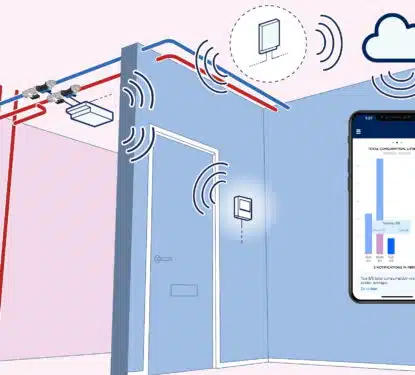Few technologies have been hyped as much as 5G. Even before the rollout of 4G, the hype began to build around its successor and projecting the transformative change that 5G would bring to almost every industry. In the physical security sector, 5G is being hailed as a game-changer for video surveillance and other security applications. However, our latest research suggests that 5G might not be the disruptive physical security technology that many suggest. “Many analysts and industry observers contend that the proliferation of 5G will have a major impact on the video security market, arguing that in the years to come, we will see the proliferation of large networks of wireless cameras streaming ultra-high-definition video in real-time. Back in 2019, Gartner predicted that outdoor surveillance cameras would become the largest market for 5G IoT solutions by 2022, with 11.2 million units installed. At Memoori, we do not share this view. In fact, as of 2022, […]
Most Popular Articles

MRI Software: Exploring the 2025 IPO & Sale Options
This Research Note examines a report from Reuters that MRI Software is to be listed in an IPO or sold. We explore the development of the business over the last 10 years, since it was acquired by private equity owners, highlight their software acquisitions for commercial real estate applications addressing integrated workplace management, tenant experience […]

Podcast 40: Stiles Property Management Found $400K+ in Hidden Savings
Most property managers know their buildings are hemorrhaging money through inefficient systems. The problem? They have no idea where to start looking. Devon Newton, VP of Property Management at Stiles, faced this exact challenge with 110 East, a new Class A development in Charlotte’s Southpark district. Despite managing 116 properties across the Southeast, she found […]

Smartvatten Strengthens European Position with 2025 LeakLook Acquisition
This Research Note examines Smartvatten, a Finnish specialist in water efficiency technology and expertise in Northern Europe. It updates our previous article in March 2024, covering Smartvatten’s solutions, key developments in 2024, sustainability partnerships and the September 2025 acquisition of LeakLook, a Finnish specialist in IoT-driven water monitoring for real estate. Smartvatten Profile Established in […]
